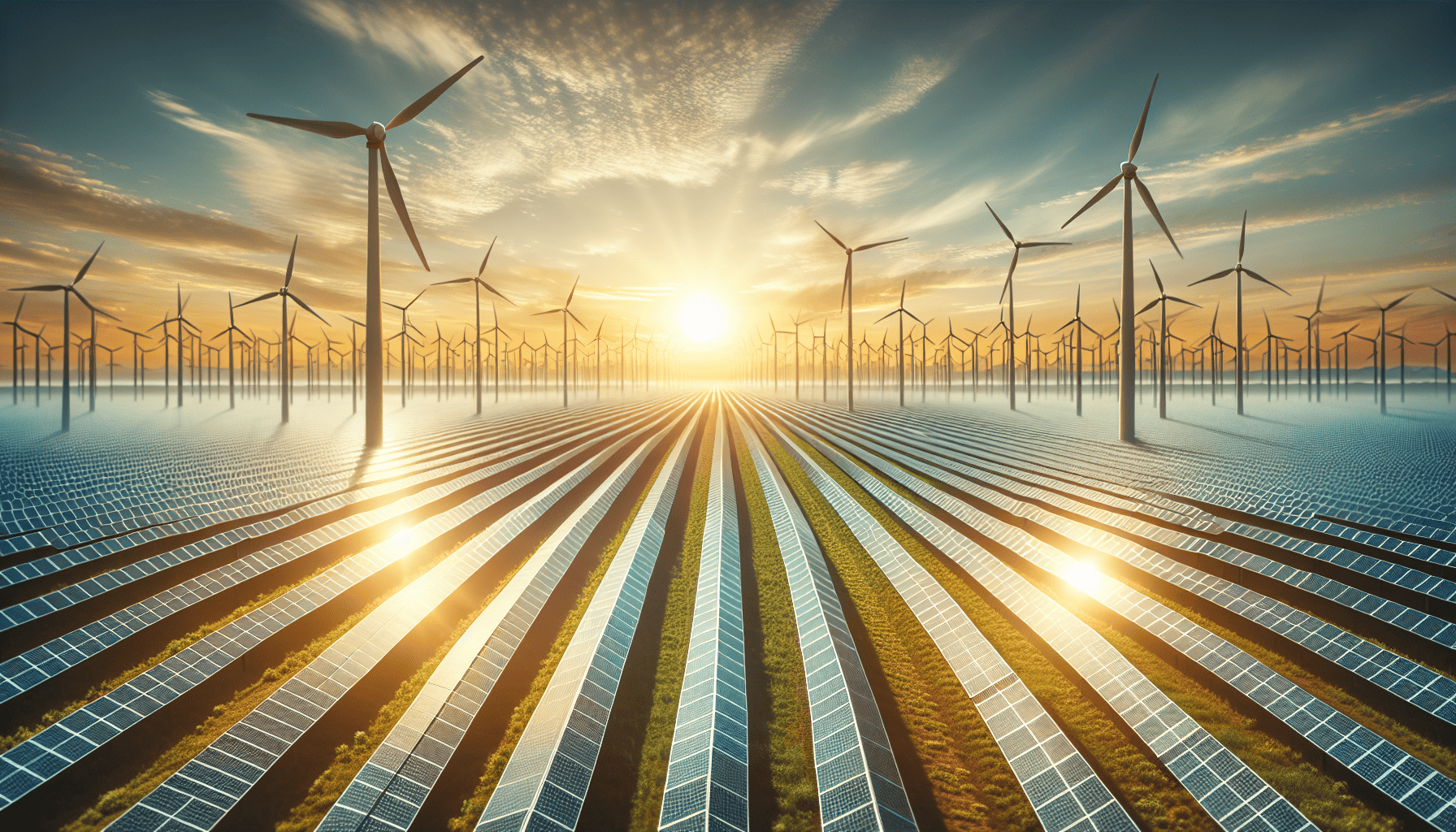The renewable energy sector in the United States has experienced significant growth in recent years, rapidly gaining momentum as a cornerstone of sustainable development. With the increasing awareness of climate change and the urgent need to reduce carbon emissions, investments in renewable energy sources such as solar, wind, and hydropower have become not only environmentally responsible but also economically viable.
In the past decade, substantial technological advancements have dramatically reduced the costs associated with renewable energy installations. Solar panels, for instance, are now far more efficient and affordable, making solar power an appealing option for residential and commercial energy consumers alike. Similarly, the investment in wind energy has resulted in taller, more technologically advanced turbines capable of generating higher amounts of electricity with less ecological impact.
Capitalizing on this expanding sector involves multiple strategies. First, there is a significant opportunity in the deployment of distributed energy resources. As consumers become prosumers—entities that both produce and consume energy—there is potential for the development of microgrids that enhance the resilience of energy systems, allowing for the integration of localized renewable energy sources and storage solutions.
Furthermore, financing models such as Power Purchase Agreements (PPAs) and community solar projects have made it easier for businesses and households to tap into renewable energy without heavy upfront investments. These models offer stable and often lower long-term energy costs, providing a compelling financial incentive for adoption.
Government policies and incentives play a pivotal role in shaping the expansion of the renewable energy sector. Tax credits, subsidies, and renewable portfolio standards (RPS) have historically stimulated investment and innovation. Continued policy support will be crucial in maintaining the momentum towards a clean energy future, particularly in facilitating the transition for existing industries and creating new job opportunities within the sector.
Moreover, the integration of renewable energy into existing infrastructure is a key area where innovation can drive growth. The development of smart grids, enhanced interconnectivity, and energy storage technologies are vital components that ensure renewable energy can be reliably supplied to meet demand. Energy storage, in particular, holds significant promise for stabilizing energy supply by capturing and storing energy for use during periods when the sun is not shining or the wind is not blowing.
Additionally, the American market has shown a growing trend of corporates committing to sustainability goals and net-zero targets, further propelling the demand for clean energy solutions. Organizations are increasingly recognizing the value of embedding sustainability into their core strategies—leading to direct and indirect investments into renewable energy projects.
In summary, the opportunity to capitalize on the expanding renewable energy sector in the United States is immense, driven by technological advances, supportive policy measures, and the critical need for climate action. As the country transitions toward a more sustainable energy model, stakeholders across sectors—governments, businesses, and consumers—will need to collaborate in innovative ways to fully realize the economic and environmental benefits offered by renewables. Adapting to this new energy paradigm not only promises significant financial returns but also a cleaner, healthier planet for future generations.
